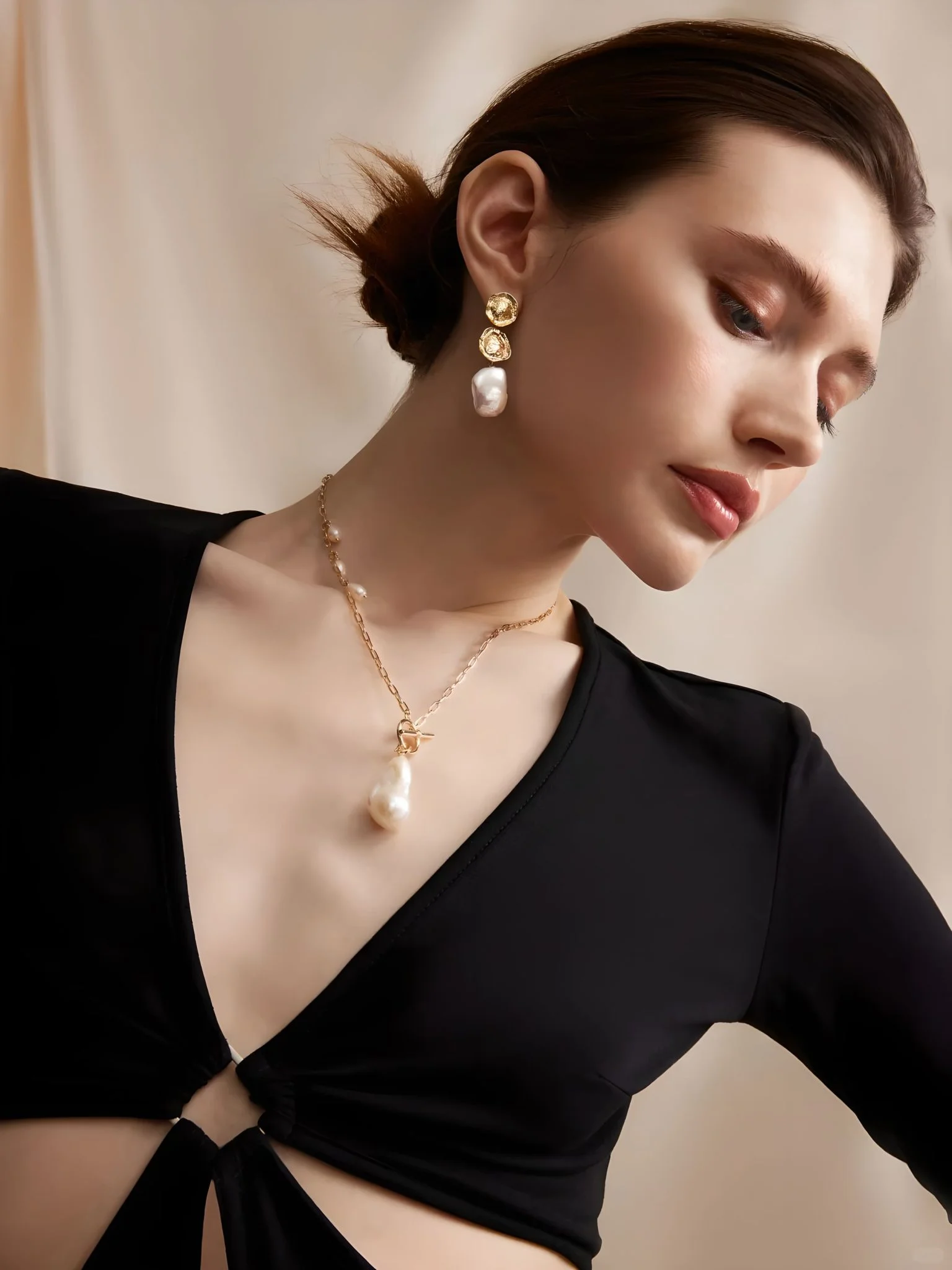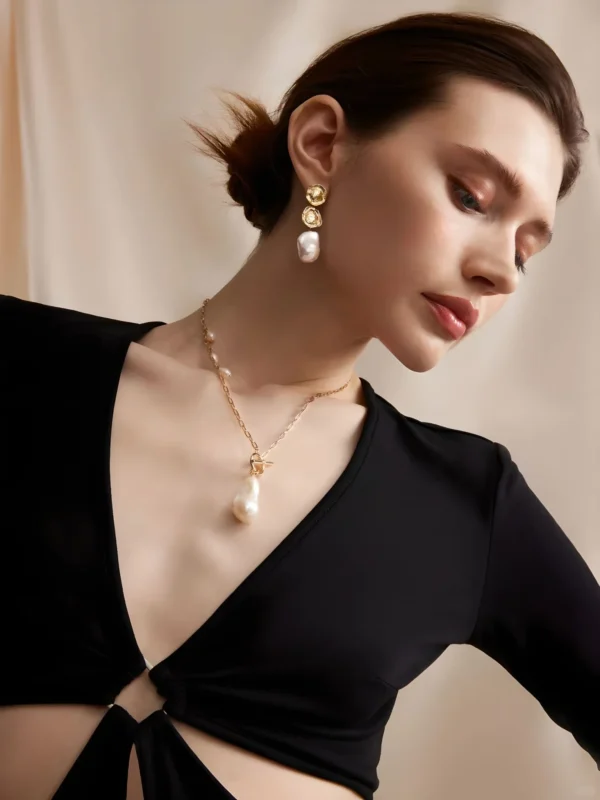Discovering the Legacy of Baroque Pearl Design

When we think of jewelry, our minds often drift to sparkling diamonds or glimmering gold. But what about pearls, particularly those that defy symmetry with their unique shapes and captivating luster? Have you ever wondered about the creative minds behind these unconventional works of art? Let’s delve into the fascinating world of Baroque pearls and the visionary designer who elevated their status to unparalleled heights.

The Rise of a Pearl Connoisseur
Early Beginnings Amidst Serendipity
William R., a name perhaps unfamiliar to many, was not a “loser” as it whimsically suggests, but indeed a maestro of Baroque pearl design. His story began in Atlantic City, where he embarked on a journey into the jewelry world. A serendipitous moment arrived when his company received several boxes of freshwater Baroque pearls. At the time, these pearls were predominantly used for buttons, overlooked by many in the industry. However, William saw untapped potential in their irregular shapes—shapes that sparked his imagination and inspired designs that would later transform the perception of Baroque pearls from utilitarian objects to luxurious treasures.
A Resilient Spirit and a Passion for Pearls
As World War II cast its shadow, William, like many others, answered the call to serve. Upon returning, his passion for pearls persisted, prompting him to open his own jewelry store—a venture that planted the seeds for his legacy. This store, now a part of the esteemed Van Cleef & Arpels family, has retained its original location as a homage to his influence.
The Art of Baroque Pearl Design
Inspiration from Nature’s Imperfections
Designing with Baroque pearls, with their non-uniform shapes and captivating irregularities, requires an eye for subtlety and sophistication. Each pearl’s unique form demanded a personalized approach, as William often said, “Every pearl tells a story; it’s up to us to interpret it into an artwork.” This philosophy guided him to create exquisite pieces like brooches, hairpins, and even embellishments for lighters, connecting each design back to the form and inspiration of the original pearl.
Craftsmanship that Captivated Hollywood
William’s innovative use of pearls quickly captivated the elite circles of Hollywood. His intricate designs, coupled with an understanding of how to showcase the pearls’ natural beauty without overpowering it, earned him a devoted following. Eventually, his enduring partnership with Van Cleef & Arpels led to creations that have remained cherished by celebrities and collectors even today.
Legacy and Influence in the Modern World
Enduring Designs and Timeless Appeal
Despite the closure of his physical jewelry store in 1969, William’s legacy lived on through his designs. They continue to fetch high prices at auctions, enjoying an evergreen appeal among collectors and enthusiasts. His intuitive comprehension of how to enhance Baroque pearls’ innate beauty solidified his place in the annals of jewelry design history.
Impact on Contemporary Jewelry Design
Today, William’s influence is evident not just in the pieces that still grace the collections of Hollywood stars, but also in the ongoing inspiration his design ethos provides to new generations of jewelers. Baroque pearls have retained their cachet, continually inspiring artisans to approach jewelry design with innovation and creativity. To explore trends in contemporary jewelry design, websites like Tatler provide invaluable insights.
Conclusion: A Reminder of Unconventional Beauty
William R.’s journey is a testament to the enduring allure of pearls in jewelry design—particularly those that challenge the status quo. His ability to look beyond the surface to see possibilities where others saw none, invites us all to appreciate the beauty in imperfection. As we adorn ourselves with pearls, let us remember the artistry and vision of those like William, who dared to dream differently and, in doing so, redefined the very essence of luxury.
